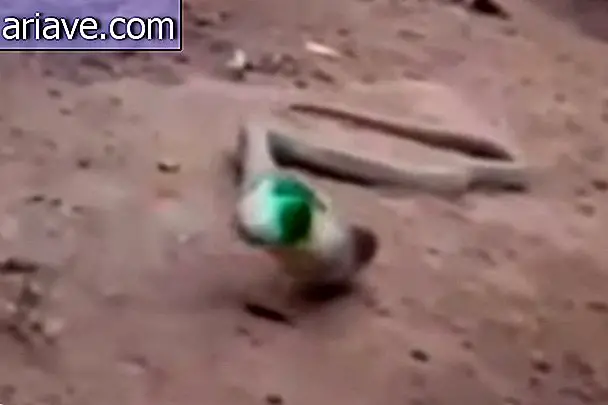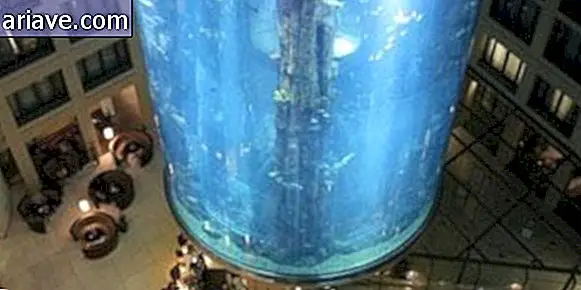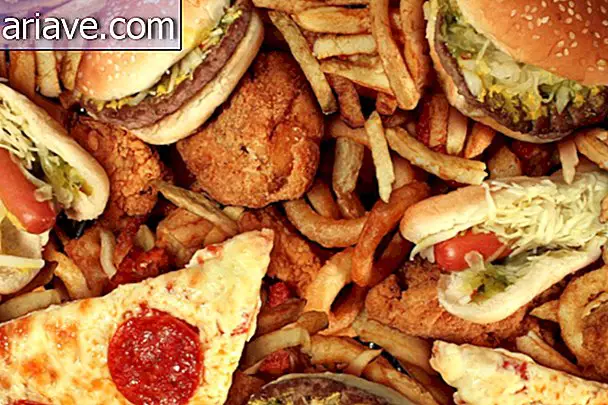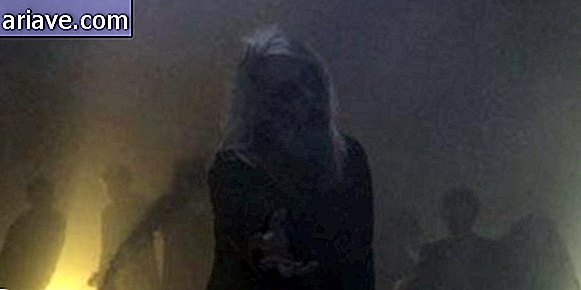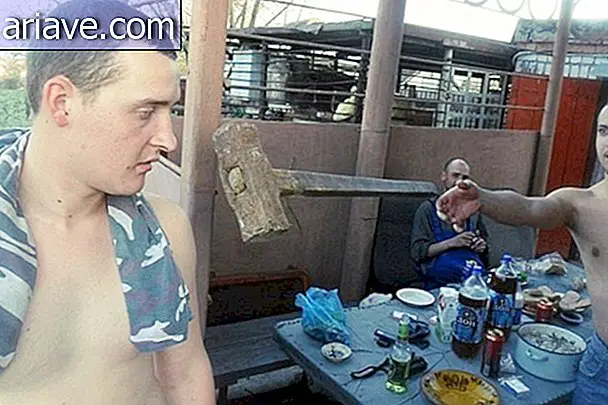“Virtual Cemeteries”: What happens to the profiles of those who die?
This year, Facebook hit a historic milestone: 1 billion users accessed the world's largest social network in just one day. In a commemorative post, Facebook creator Mark Zuckerberg also said that 1 in 7 people on the planet uses the social network.
Personal information of all kinds is disclosed there: name, city, marital status, places of work and contacts, and many photographs. With no major privacy and security concerns, social networks expose the lives of their users to those who seek. But what about the “online life” of those who die?

According to the United Nations (UN), it is estimated that 102 people die in the world per minute. That is, there are 146, 880 people a day. Assuming that 30% of the world's population uses social networks such as Facebook and Twitter, among others, we have that each day 45, 532 profiles become dead users.
It's a virtual graveyard of memories that many people would rather leave behind, as receiving a birthday notification from a deceased family member or coming across their photos can bring out negative emotions.
What to do when someone close to you dies
If you want to be safe, you can leave all your logins and passwords with a trusted person. Otherwise, you need to check the options that each social network provides. If you need to disable the social networks of someone who has passed away, here's how to do it:

On Facebook, you need to fill out a form and submit proof of death, such as a death record or news report. There are two options: You can request that the profile be removed or memorialized.
If you choose the memorial, the Facebook help center will show you the changes that will happen to your profile:
- The words “In memory of” will appear next to the person's name on their profile;
- Depending on your account privacy settings, friends may share memories on the memorial timeline;
- Content that the person shared (for example, photos and posts) will remain on Facebook and be visible to the audience with whom it was shared;
- Memorial-turned profiles are not displayed in public spaces, such as “People you may know” suggestions in birthday and announcement reminders;
- No person may enter a memorial account;
- Memorialized accounts that do not have an heir contact cannot be changed;
- Groups in which the administrator account is memorialized may select a new administrator;
- Pages from a single administrator whose account is memorialized will be removed from Facebook if a valid request is received;

Instagram also offers two options, with one slight difference: anyone can report a user's death and turn the profile into a memorial. However, only direct relatives can request removal of the account.

Unlike in previous cases, in addition to the death record, Twitter requires a copy of the identity of the person requesting the removal of the profile.
Google services

To delete emails, accounts on YouTube, Google+, or any other company service, you must submit the death documentation. However, the site makes it clear that submitting the required documentation does not guarantee that Google will be able to help.
